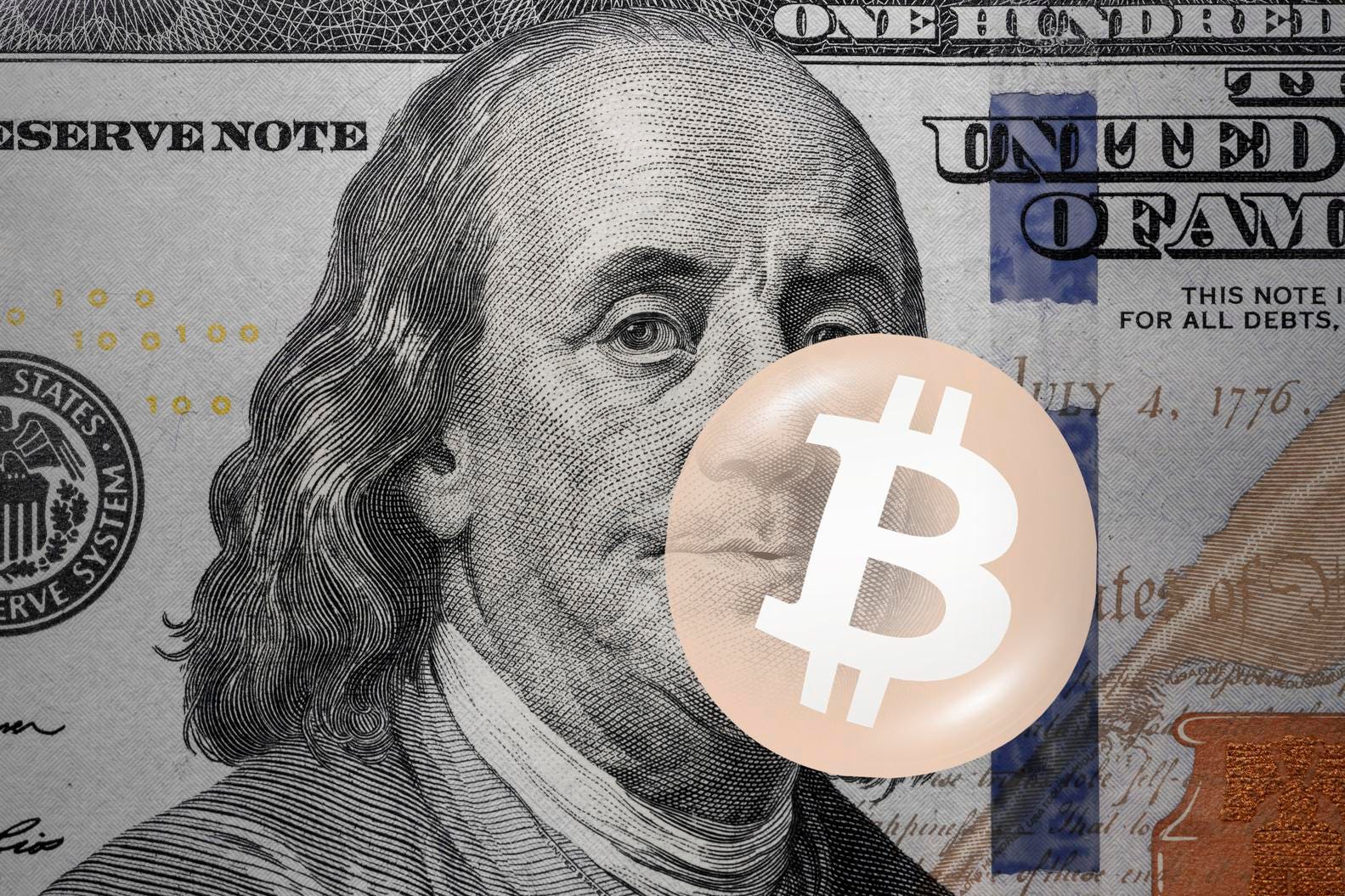bitcoin price
The crypto market is on fire.
In the past week, the price of bitcoin soared 7.4%, currently trading at $24,523, and the ethereum price climbed 16.8% to just under $1,900. Most altcoins are following the majors’s suit. XRP XRP is up 3.3%, cardano 7.7%, BNB BNB 10.4%, solana 13.8%, Terra’s “luna 2.0” 27%, shiba inu 5.2%, and dogecoin 7.7%
Meanwhile, last week, America’s largest crypto exchange, Coinbase COIN , announced a partnership with BlackRock BLK —the biggest asset manager in the world—to bring bitcoin to institutional investors at scale.
The news marks a huge leap forward in bitcoin’s institutional adoption, which brought out a flurry of bold calls.
Dan Tapiero, the founder of 10T, a near $1 billion crypto fund, predicted that Blackrock will open the floodgates of capital into crypto and push its price into seven figures: “5% shift in [Blackrock] assets is $500 billion greater than [today’s bitcoin] value today. A catalyst for a path to $250,000+ [bitcoin] is becoming clear,” he tweeted.
Yet, bitcoin and other major cryptos have merely tracked the stock market on the news. Why is crypto so indifferent to such a big institutional vote of confidence?
Bitcoin’s BTC long, winding path to institutional adoption
Let’s look at what this partnership actually means.
In short, Coinbase will provide Blackrock’s “Aladdin” clients with direct access to bitcoin. For the first time, most institutional investors will be able to hold, trade, and broker the actual cryptocurrency instead of derivative instruments.
Aladdin is Blackrock’s flagship asset management platform that serves as a “dashboard” for some of the biggest fund managers in the world. As of 2020, it administered a crazy $21.6 trillion, which comes to around 7% of all assets in the world.
But while coming on Aladdin theoretically opens a door to trillions of institutional dollars, bitcoin’s sluggish reaction hints that big investors won’t rush to back up the truck on crypto—especially in light of recent events.
“This year has been awful for crypto, with a couple trillion dollars of value wiped out and the liquidation of several large hedge funds and exchanges, not to mention the resultant collateral damage in the non-fungible token, or NFT, space.” Bloomberg columnist Jared Dillian wrote.
“More people are now questioning the viability and usefulness of the blockchain technology that underpins crypto,” he added.
Remember that the Blackrock-Coinbase partnership wasn’t the only institutional win for bitcoin this year.
As I wrote in Meanwhile in Markets, this past April, Fidelity announced that it would become the first asset manager to offer bitcoin in 401(k) plans. Considering savers hold over $12 trillion in 401(k)s, even a tiny allocation could blow any cryptocurrency through the roof.
But just like bitcoin’s addition to Aladdin, 401ks will likely be more of a gradual long-term tailwind than a short-term boost.
It has to do with the fact that most of that $12 trillion in 401(k)s is parked in “target-date funds” and none of those funds are allocating even a sliver of their portfolios to bitcoin yet because bitcoin is still too volatile and unregulated.
“It’s something to watch but a ways out,” David Ireland, a fund manager at SSGA overseeing $150 billion in target-date assets, told CNBC. “It’s certainly not a hard no, but there’s a lot more, I think, to understand here.”
We are getting there
Bitcoin’s string of positive news shows that it stands a real chance to become a legit alternative asset class, which deserves a meaningful allocation in institutional portfolios.
That said, it would be naive to expect trillions of institutional dollars to pour into crypto overnight.
While institutions can theoretically deploy that money, in reality, they can’t due to legal and reputational risks. So, until there’s a strong regulatory framework that governs crypto, most fund managers won’t splurge on bitcoin.
As Dillian wrote: “The best thing for the crypto world would be the last thing it would ever want to see: regulation. I say this as someone who generally has a dim view of regulation. Getting rid of all the scams and the pump-and-dump schemes would make crypto a safer place to invest.”
We are getting there.
Since June, the Senate has been hammering out a landmark crypto legislation called the Responsible Financial Innovations Act. For their part, EU watchdogs are pushing their own set of crypto rules that will reportedly come into effect in 2023.
Stay ahead of the crypto trends with Meanwhile in Markets
Every day, I put out a story that explains what’s driving the crypto markets. Subscribe here to get my analysis and crypto picks in your inbox.
Author
Administraroot

